Google's AI Overviews are not uniformly present across shopping queries. New 2025 data from BrightEdge shows the feature concentrates on research and evaluation queries, appears far less on transactional searches, and remains volatile across the season. This brief distills where shifts occur and what they mean for SEO and paid teams in Q4. All numeric findings come from BrightEdge's report, Google AI Overview Holiday Shopping Test: The 57% Pullback That Changes Everything.

AI Overviews shopping keywords
BrightEdge's 2025 holiday test shows Google is selective about where AI Overviews (AIO) appears in retail search, with a clear bias toward upper-funnel and mid-funnel intents. Retention this year favors higher-volume queries compared with 2024, and coverage fluctuated during the test window, indicating active tuning. The study also highlights category-level differences: product areas where written comparison and instruction matter most retain AIO exposure, while visually driven categories see lower persistence. BrightEdge also frames a seasonal pattern: AIO assists research in November, supports comparisons into early December, and recedes as shoppers shift to purchase queries later in December. The timing guidance is directional rather than prescriptive and aligns with AIO's role as an informational layer rather than a purchase tool. All figures below reflect BrightEdge's analysis of keyword panels and detection of AIO presence across retail-oriented searches.
Executive snapshot: holiday shopping insights
- Google retained about 30% of AIO keywords from the Sep 1-Oct 15, 2025 peak window. Unlike 2024, retained queries skew higher in search volume than those removed.
- AIO coverage spiked from 9% to 26% on Sep 18, then reverted to roughly 9% soon after, signaling ongoing tests.
- Only 18% year over year overlap in AIO keywords indicates a large reshuffle of which queries trigger AIO.
- A little over one-quarter of retained AIO queries are evaluation and comparison queries such as "best [product]" and "X vs Y." Price, buy, deals, and explicit model terms are largely filtered out.
- Retention skews toward categories where text-based guidance helps decisions - for example, Grocery, TV and Home Theater, and Small Appliances - and away from visually driven categories like Furniture and Home.
Implication: Expect AIO to shape discovery and comparison traffic in November through early December. Bottom-funnel intent remains primarily in traditional SERPs and ads.
Method and sources
- What was measured: presence or absence of AIO on retail-focused queries, which keywords were retained vs removed, coverage swings across the test period, category-level retention, and intent patterns.
- Who and when: BrightEdge report covering Sep 1-Oct 15, 2025, with holiday timing context into November and December - Google AI Overview Holiday Shopping Test: The 57% Pullback That Changes Everything.
- Method type: large-scale keyword panel tracking and SERP feature detection for AIO, with comparative analysis vs 2024.
- Key limitations: the public summary does not disclose exact keyword counts, category sample sizes, or geography, and does not quantify click-through or traffic impact. Seasonal phase mapping is directional and may vary by vertical.
Findings: where AI Overviews appear in retail search
- AIO aligns to research and evaluation, not purchase. It shows on discovery queries such as "best TV for gaming," is strong on evaluation such as "Samsung vs LG," and is mostly absent on purchase-intent searches such as "Samsung S95C price," "buy," "deals," and explicit model names. This positions AIO as an informational and comparison layer that recedes as users show transactional intent.
- Keyword filtering by intent. Among retained AIO queries, a little over 25% are evaluation and comparison ("best," "vs"), reflecting Google's preference to use AIO where background guidance helps the shopper. Price, buy, deals, and specific product-model terms are under-represented, showing deliberate suppression near the point of sale.
- Category patterns in retention. AIO retention is higher in categories where text-based comparison or instruction is useful - Grocery, TV and Home Theater, and Small Appliances - and lower where visual exploration dominates, such as Furniture and Home. This suggests category-specific thresholds for AIO usefulness in decision support.
- Temporal volatility and test signals. AIO coverage jumped from 9% to 26% on Sep 18 and returned to about 9% soon after, consistent with controlled experiments. Only 30% of peak AIO keywords were retained by mid-October, and just 18% of 2024 AIO keywords overlapped in 2025, indicating substantial churn in which queries trigger the feature.
- Volume skew in retained queries. Retained AIO queries had higher search volume than removed queries in 2025, the inverse pattern of 2024. That shift suggests Google concentrated AIO on higher-impact informational queries this season.
- Seasonal role of AIO. BrightEdge places AIO's strongest influence during November research and early-December comparisons, with traditional results accounting for late-December purchase behavior. This sequencing aligns with observed intent gating, but is presented as operational guidance rather than a universal rule.
Implications for SEO and PPC
- Likely: treat AIO as a comparison and education layer. Ensure comparison pages such as "best [segment]," "X vs Y," and feature explainers are crawlable, indexable, and refreshed ahead of November so they can be cited where AIO appears.
- Likely: protect bottom-funnel coverage with conventional SERP assets. Since AIO suppresses price, buy, and deals queries, invest in product detail pages, merchant feeds, and paid Shopping and Product Listing Ads for late-stage intent.
- Likely: expect volatility in AIO triggers. Monitor AIO presence daily on priority keywords and plan flexible content and measurement since only 30% of peak AIO keywords were retained and year over year overlap was 18%.
- Tentative: align category allocation to AIO retention patterns. If you operate in Grocery, TV and Home Theater, or Small Appliances, anticipate more AIO involvement and adjust content cadence accordingly. If in Furniture and Home, expect less AIO exposure and prioritize visual and product-led assets.
- Tentative: because retained AIO queries skew higher volume, the traffic impact of AIO in research and evaluation could be material for affected categories. Budgeting and forecasting should account for potential AIO citation and click-through effects even though BrightEdge did not publish CTR data.
- Speculative: the 9% to 26% to 9% swings suggest active experimentation. Google may be tuning AIO based on engagement, but this mechanism is not confirmed in the BrightEdge report.
Limitations and open questions
- BrightEdge does not disclose keyword counts, geographic scope, or vertical-level sample sizes in the public summary, limiting effect-size estimation.
- The study reports which queries trigger AIO but not how often AIO cites brand vs publisher vs retailer sources, nor the click outcomes, leaving traffic impact uncertain.
- The November and December phase mapping is a useful operating model, but purchase timing varies by category and promotion cadence. Teams should validate against their own analytics rather than assume uniform seasonality.
- The mechanisms behind the 2025 shift toward higher-volume retained queries are not explained, and it is unknown whether this persists beyond the holidays.

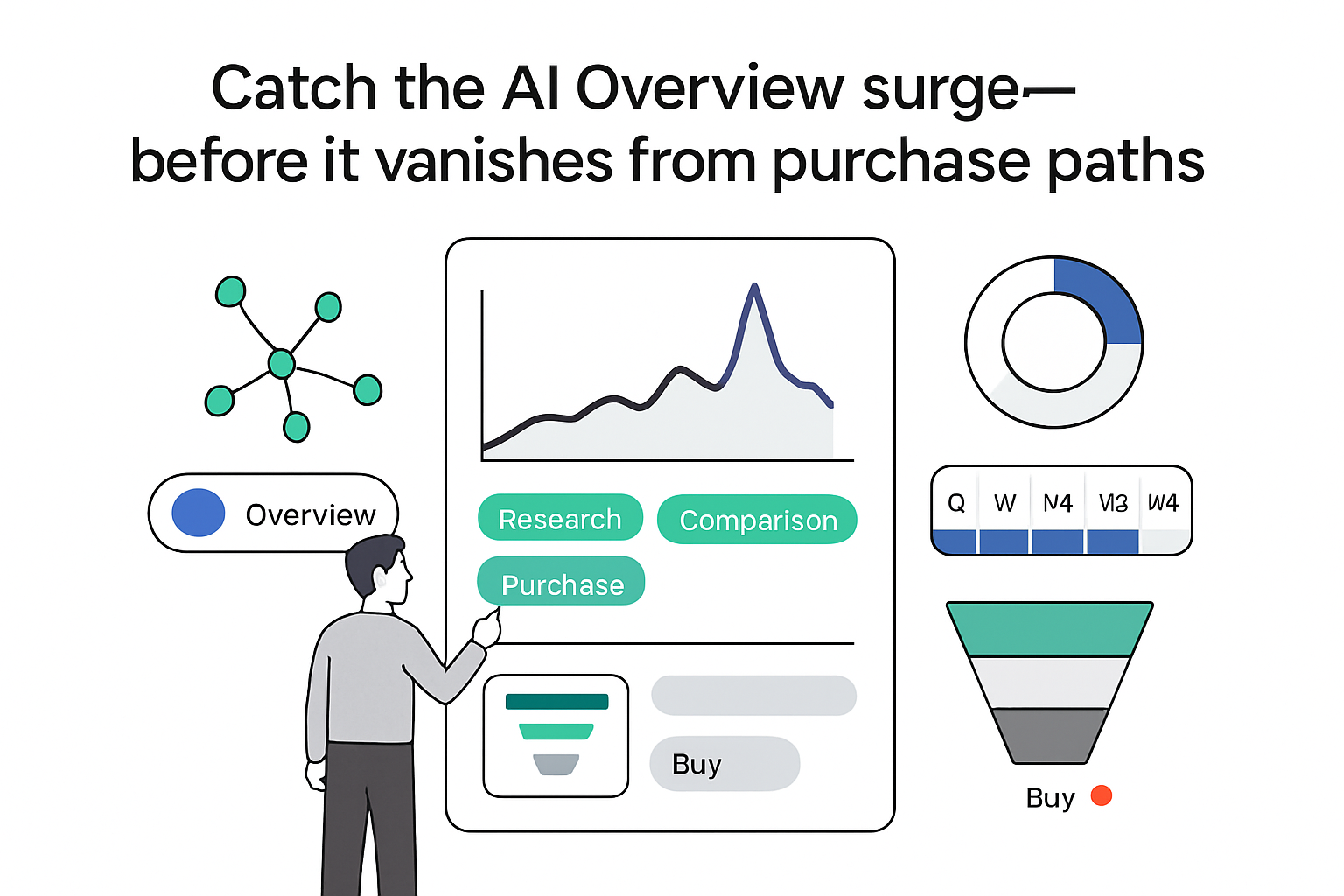


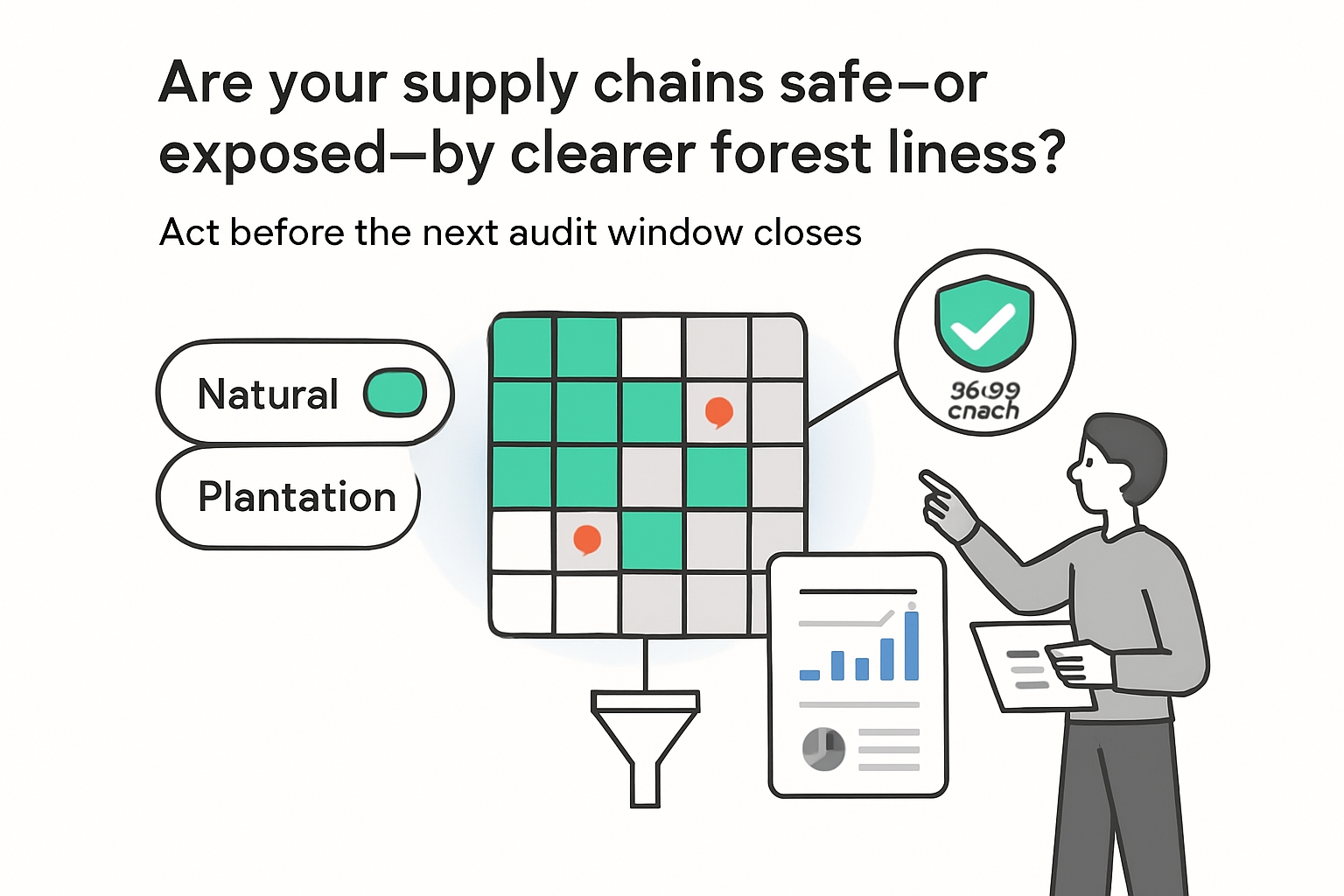
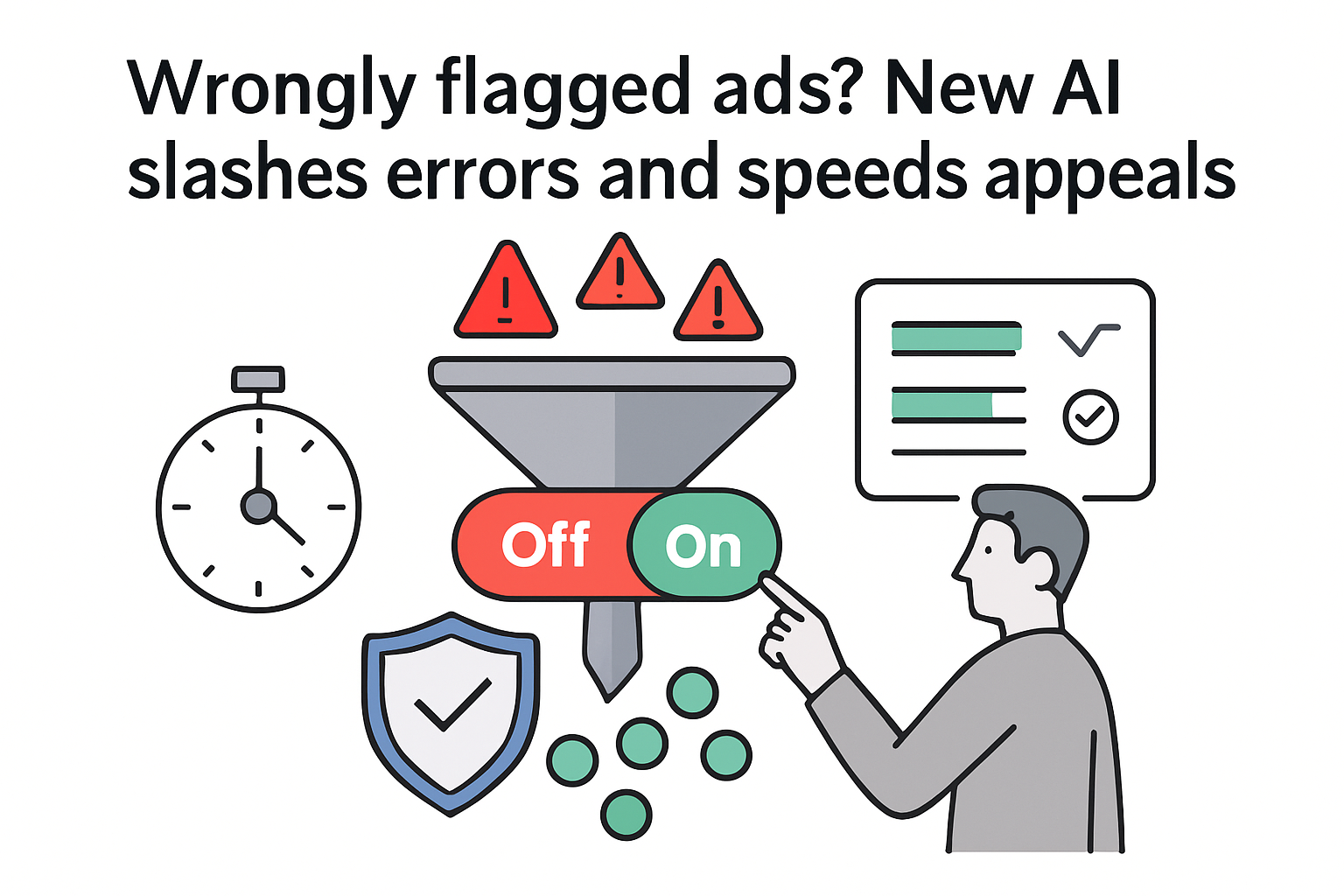
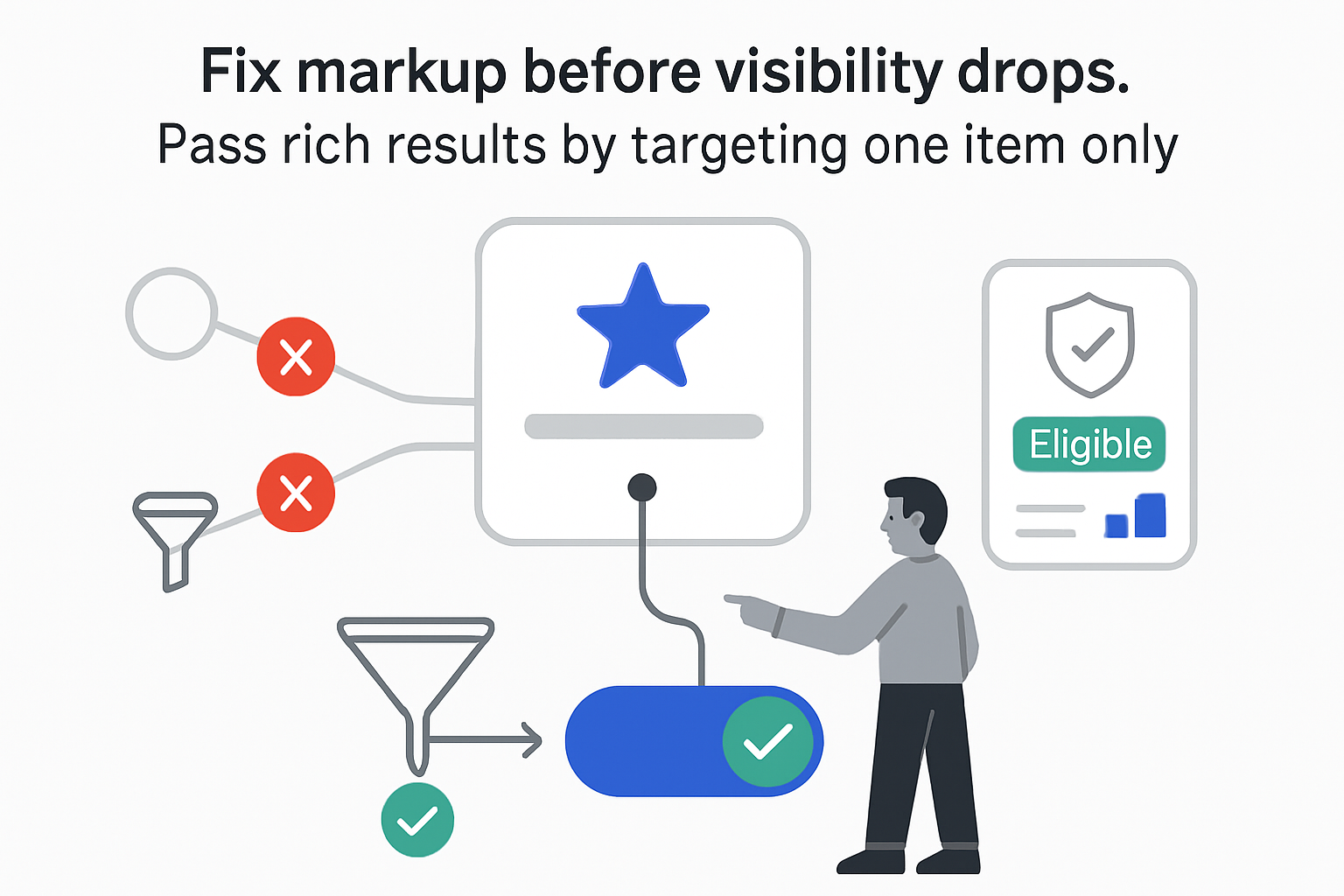
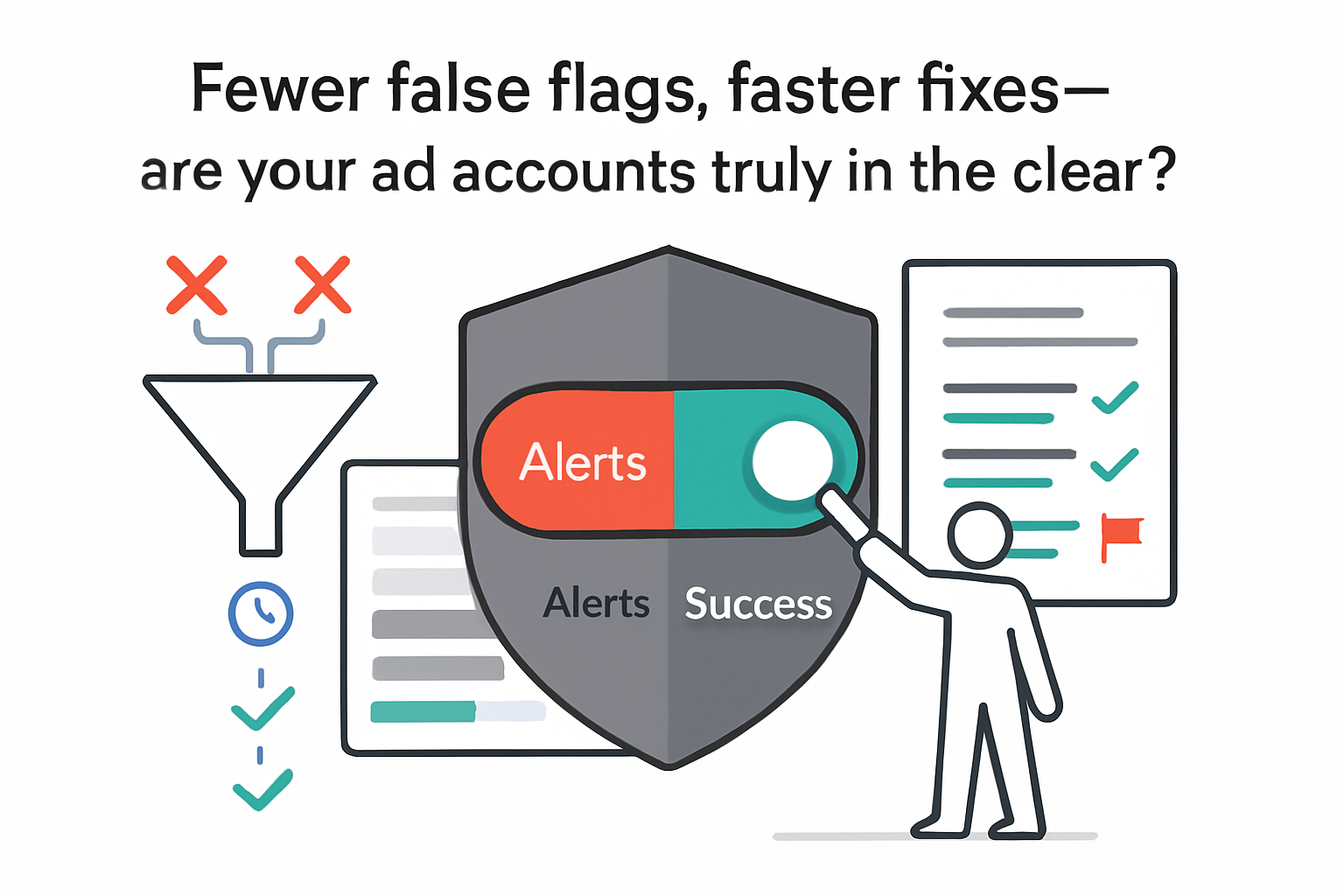
.svg)